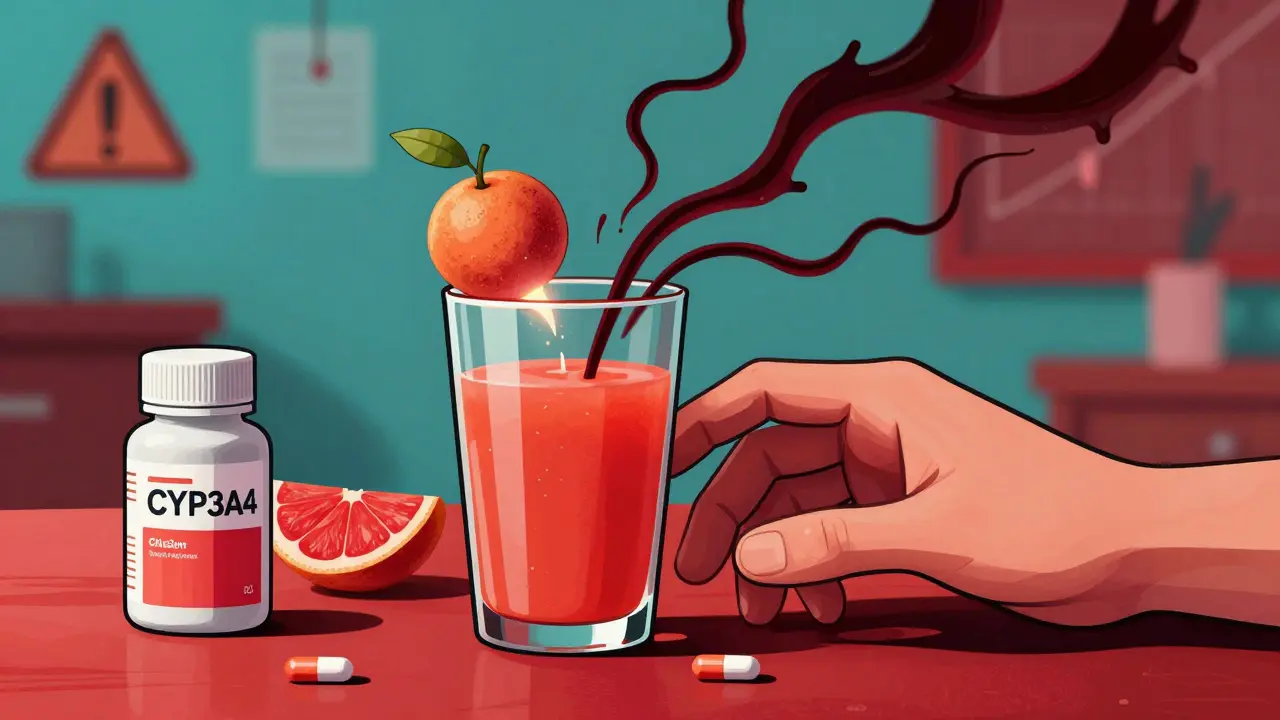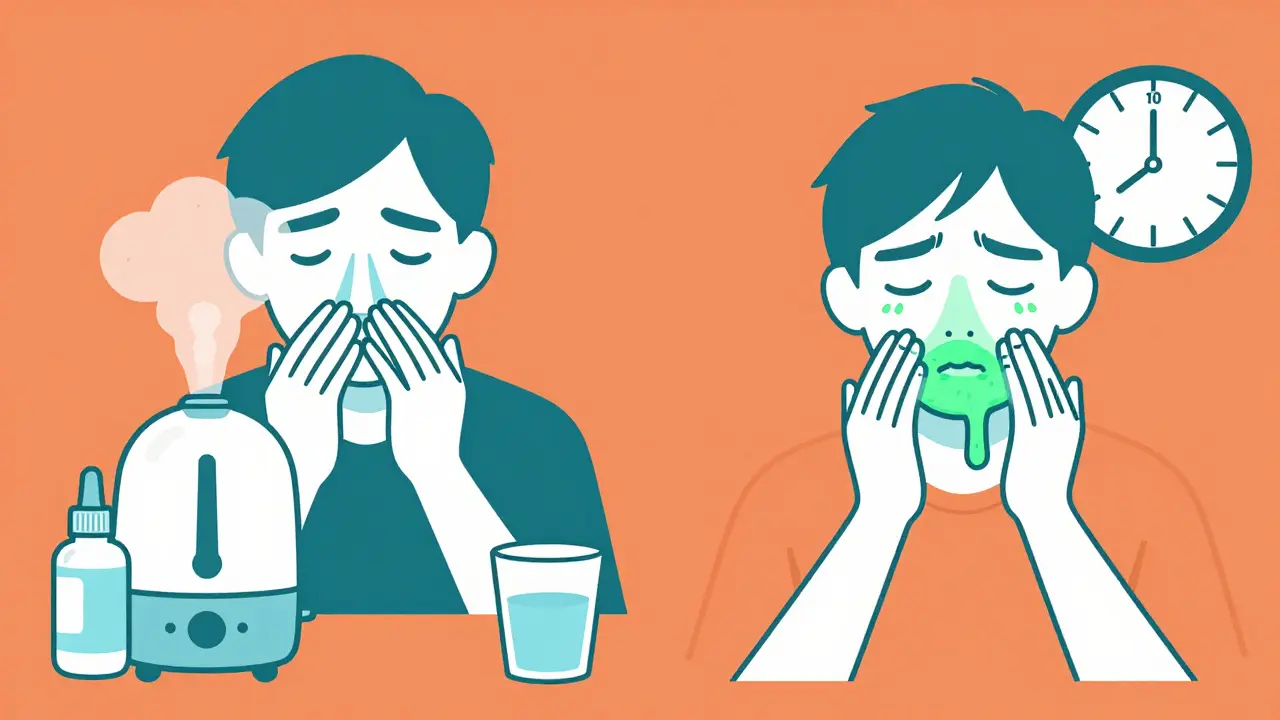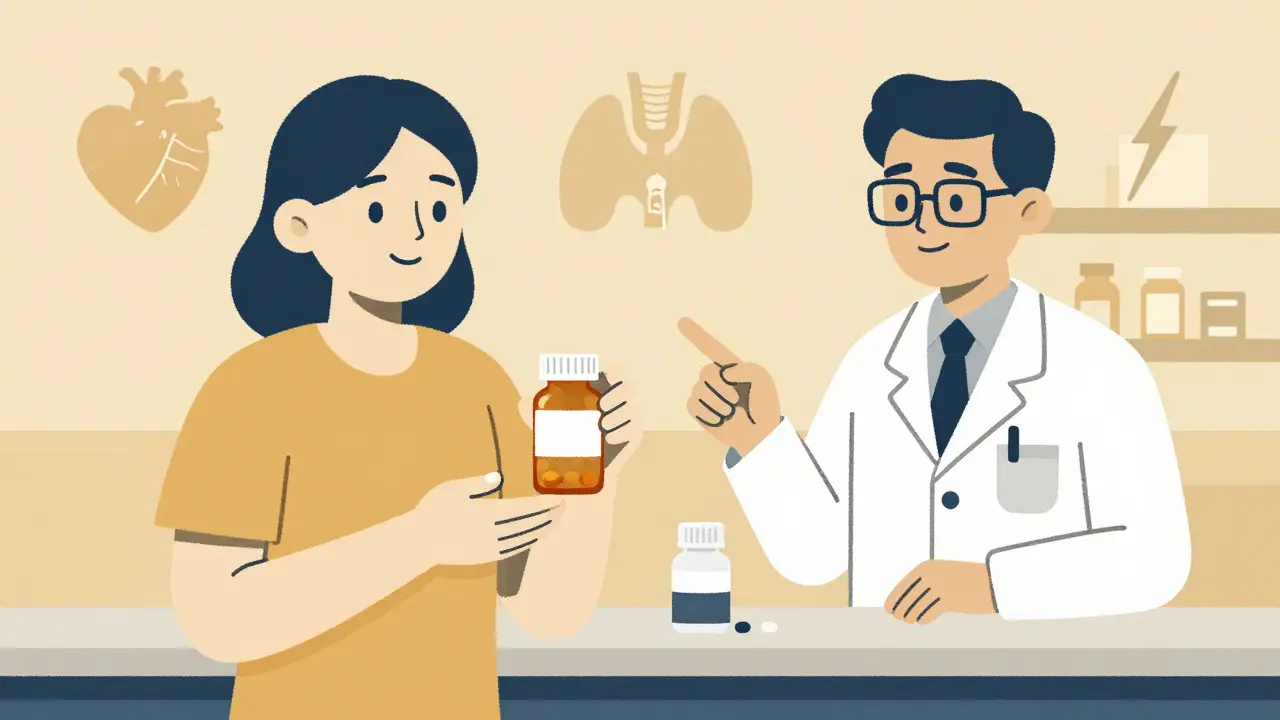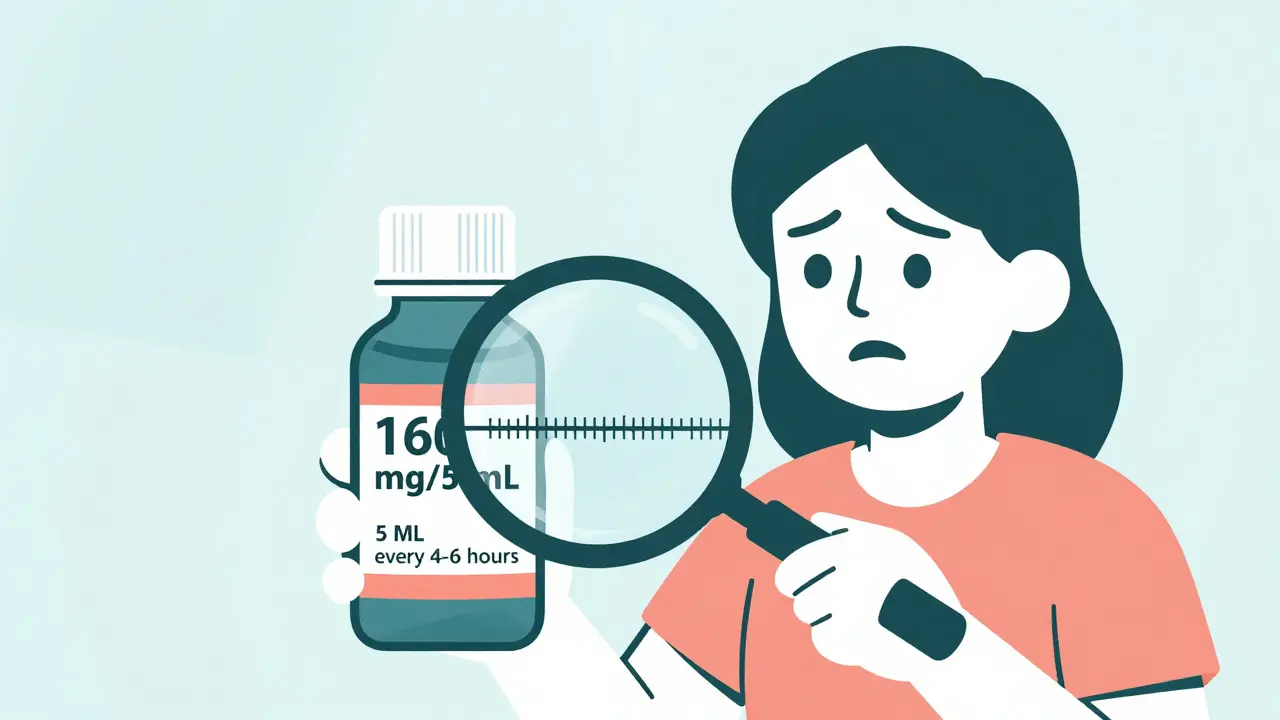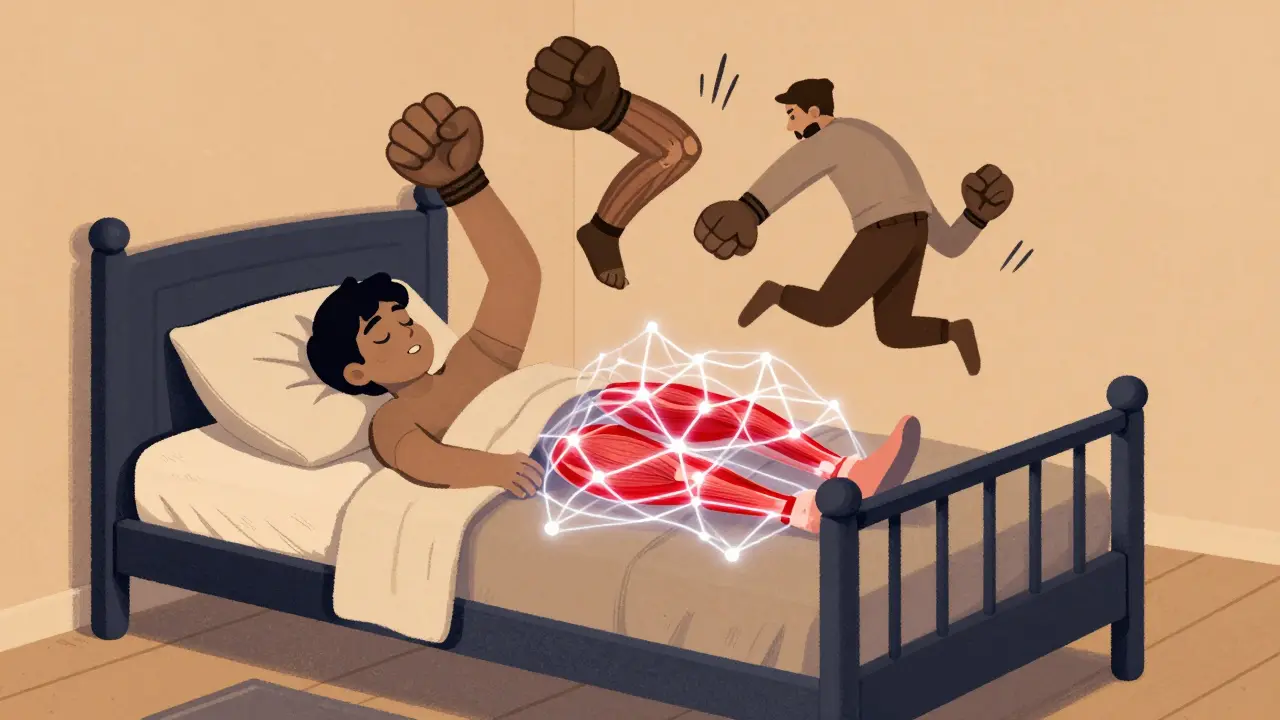Grapefruit can dangerously increase levels of certain blood pressure medications like felodipine and nimodipine, leading to low blood pressure and dizziness. Learn which citrus fruits to avoid and safer alternatives.
Health and Medicine: Clear, Practical Advice for Real-World Medication Questions
Confused about a prescription, worried about buying meds online, or choosing between two therapies? This category collects straight‑talk articles that answer those exact questions. You’ll find how-to guides for safe online purchases, drug comparisons like letrozole vs tamoxifen, dosing and pharmacokinetics breakdowns, plus alternatives when a medicine isn’t right for you.
How to use these guides
Start with a specific question: Do you need safety tips for ordering azithromycin? Want alternative options to Quetiapine? Use the site search or the tags on each post to jump to relevant pages. Each article includes practical steps — price checks, what to ask your prescriber, red flags for shady pharmacies, and real monitoring tips for drugs like levetiracetam.
When reading, look for these quick signals of a useful post: clear dosing info, safety checklists, sources or references to guidelines, and explanations of who benefits most from the drug. We link to trusted resources and explain common side effects in plain language so you can discuss specifics with your doctor without getting lost in jargon.
Practical safety checklist
Before you act on anything you read here, run through this short checklist: 1) Confirm the drug name and dose with your prescriber; 2) Verify any online pharmacy — check registration, contact info, and reviews; 3) Scan for drug interactions or conditions that change dosing (kidney disease, pregnancy); 4) Compare prices but avoid deals that look too good to be true; 5) If unsure, ask your pharmacist or clinician before starting.
Examples from our posts: the Zithromax guide explains safe online buying steps and what to watch for with azithromycin interactions. Our esomeprazole and ceftin articles compare legal sourcing and price checks. For long-term treatments, pieces on dosing patterns (like levetiracetam dose-response) help you and your clinician tailor therapy based on real-world factors.
If you’re exploring alternatives — for acne, infertility, or diuretics — read the pros and cons sections and note specific side-effect profiles. Alternatives aren’t identical; some trade one risk for another. We aim to make those trade-offs clear so you can have a focused conversation with your provider.
Finally, use this category as a practical toolbox. Bookmark posts that apply to your meds, print safety checklists before ordering online, and bring the relevant article to clinic visits when you need a clearer question or a second opinion. If you can’t find an answer, try our search or browse related articles — the best action is an informed one.
Most sinus infections are viral and don't need antibiotics. Learn how to tell the difference between viral and bacterial sinusitis, when antibiotics actually help, and what to do instead to recover safely.
Learn how to tell food allergies apart from medication allergies by timing, symptoms, immune response, and diagnosis. Avoid dangerous misdiagnoses and unnecessary medication avoidance.
DBT skills offer proven, practical tools for managing intense emotions, reducing self-harm, and surviving crises in borderline personality disorder. Learn how mindfulness, distress tolerance, emotion regulation, and interpersonal skills work together to create real change.
A practical guide to managing sodium, potassium, and phosphorus in a renal diet for chronic kidney disease. Learn what to eat, what to avoid, and how to make lasting changes without feeling deprived.
Switching to generic medications is common and usually safe, but communication with your pharmacy is key. Learn what to ask, when to speak up, and how to avoid problems during generic transitions.
Learn how to read liquid prescription labels correctly to avoid dangerous dosing errors. Understand concentration, milliliters, and dosing devices for safe medication use in children and adults.
Learn how to tell apart Candida and ringworm skin infections, what treatments actually work, why they keep coming back, and the latest updates on antifungals and resistance trends.
REM sleep behavior disorder is a sleep condition where people act out vivid dreams, often leading to injury. It's strongly linked to Parkinson's and dementia. Melatonin and clonazepam are the main treatments, but new drugs are on the horizon.
SGLT2 inhibitors like empagliflozin and dapagliflozin lower blood sugar but also cause fluid loss, leading to dehydration, dizziness, and lower blood pressure. Learn who’s at risk and how to manage these side effects safely.

